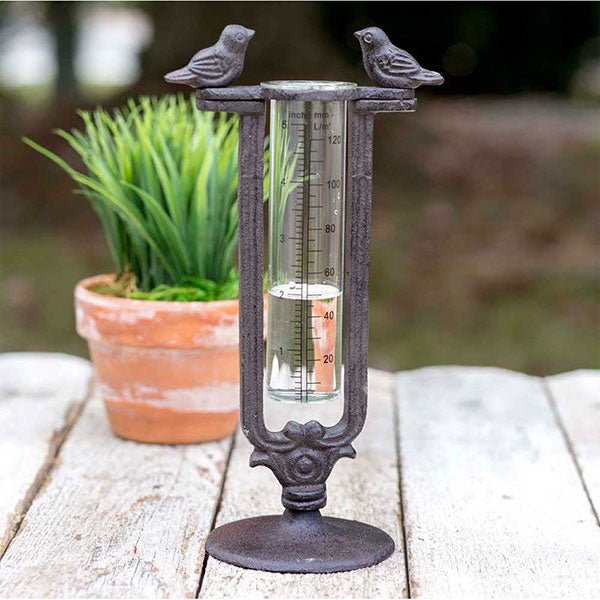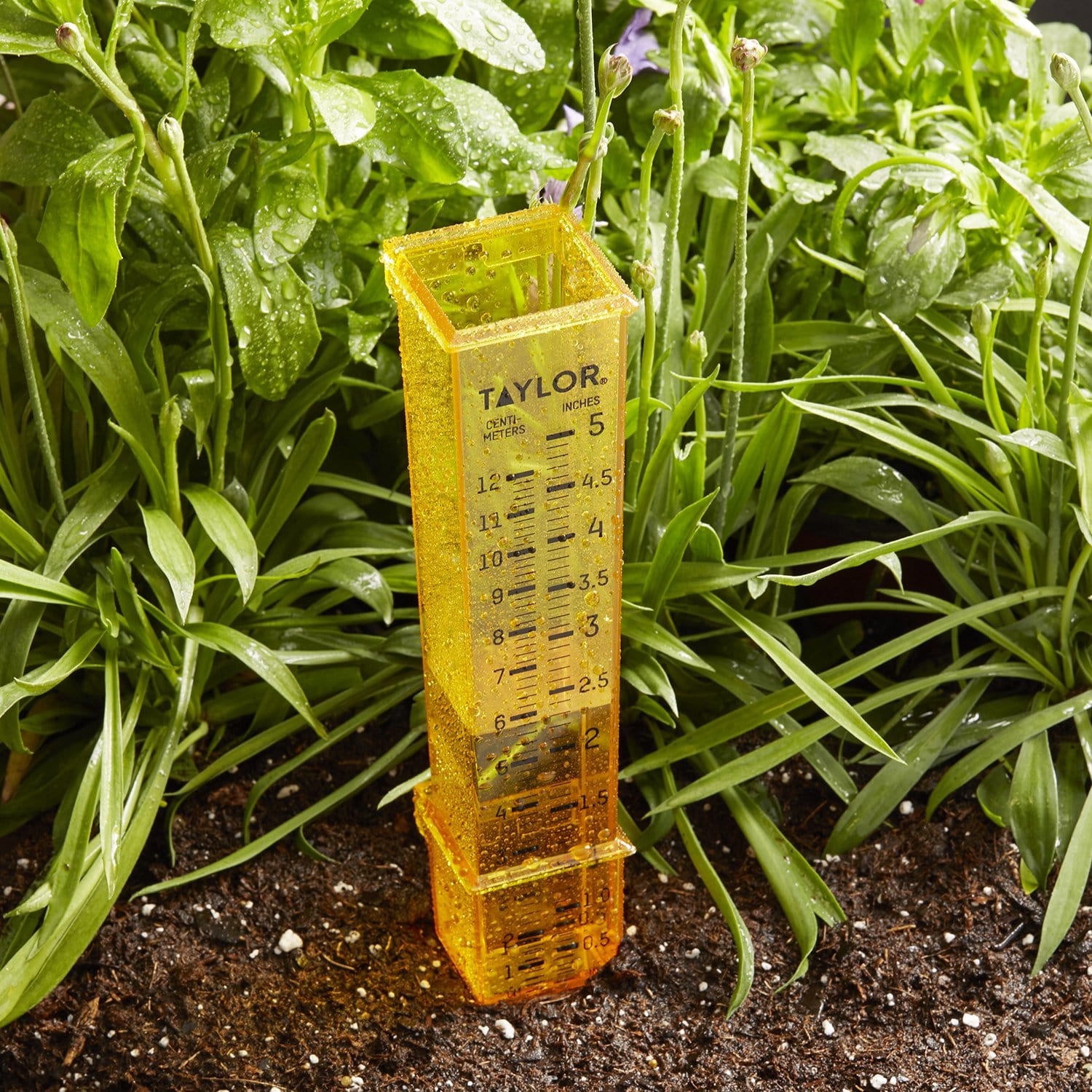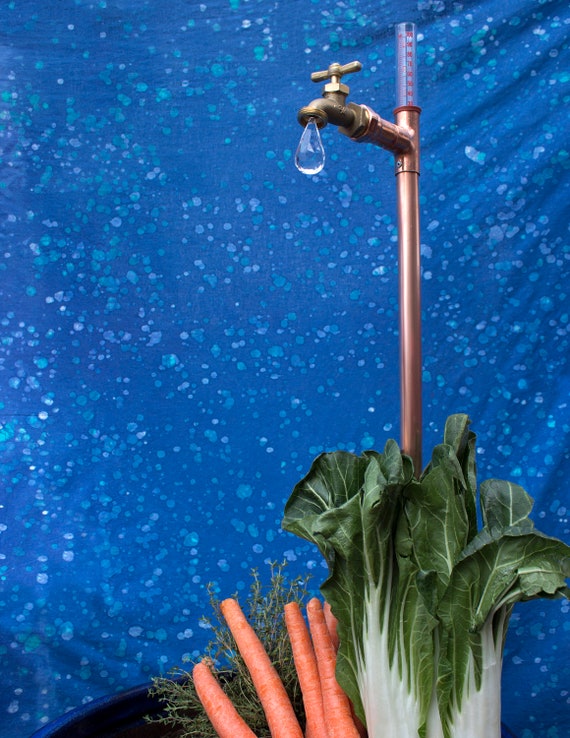Study The Rain Gauge: From Historic Advancement to Modern Applications
Study The Rain Gauge: From Historic Advancement to Modern Applications
Blog Article
Exactly How to Select the Right Rainfall Scale for Accurate Rain Information
To acquire dependable dimensions, it is essential to select the appropriate rainfall scale. Taking into consideration aspects such as place, type, and precision of the rain scale will certainly assist ensure exact data collection. In addition, understanding the upkeep and calibration procedures will certainly contribute to the long life and reliability of your rainfall gauge.
Value of Selecting the Right Rainfall Scale
The significance of picking the best rainfall gauge hinges on getting reputable and specific rainfall information for accurate meteorological analysis. Rainfall data is vital for a variety of applications, including weather condition projecting, hydrological modeling, and climate study. Inaccurate or undependable information can lead to incorrect final thoughts and flawed decision-making procedures.

Secondly, the accuracy and accuracy of the rain gauge are critical. The gauge needs to have the ability to gauge rainfall with high accuracy, capturing even percentages of precipitation accurately. It needs to likewise reduce errors as a result of evaporation, wind, and other ecological elements. Regular calibration and upkeep are important to make sure ongoing precision.
Furthermore, the area and installment of the rainfall scale are vital considerations. It should be positioned in an open area, far from blockages that might influence rainfall dimensions. The gauge must be positioned at an ideal height and angle to stay clear of splashing and ensure appropriate catchment of rainwater.
Variables to Think About When Choosing a Rain Scale
When picking a rain gauge, there are several crucial factors to think about. There are various kinds readily available, consisting of standard rain gauges, tipping bucket rain gauges, and weighing rain gauges.
Another factor to consider is the product of the rainfall scale. Rainfall assesses can be made from different materials, such as plastic, metal, or glass. The material chosen need to be sturdy and immune to weather, guaranteeing that the rain gauge will withstand the elements and give exact measurements in time.
Accuracy is additionally a crucial variable to think about. Search for rain determines that have actually been calibrated and evaluated for accuracy. Attributes such as anti-splash rings and funnels can additionally enhance the accuracy of the measurements.

Lastly, take into consideration the climate and atmosphere in which the rainfall gauge will certainly be made use of. Different rainfall gauges are ideal for different environments, so it is important to select one that is appropriate for the problems in your area.
Various Kinds Of Rainfall Gauges Readily Available
To even more explore the elements to consider when selecting a rainfall gauge, it is necessary to recognize the different types of rain assesses readily available. There are several kinds of rain assesses, each with its very own benefits and drawbacks. The most typical kind is the standard rain gauge, likewise understood as the round rainfall scale. This kind contains a straight-sided round container with a funnel-shaped top. It is simple to use and offers precise dimensions of rains.
One more type of rainfall gauge is the tipping container rain gauge. As the rainfall drops into the scale, it fills up one side of the pail, triggering it to clear the water and tip.
A third kind of rain scale is the evaluating rainfall gauge. This scale uses a balance system to determine the weight of the collected rainfall. As the rainfall falls under the gauge, it is accumulated in a container linked to an equilibrium. The weight of the water is determined, and the rains amount is determined based on the weight. Evaluating rainfall evaluates are very accurate yet can be much more pricey and useful content require normal maintenance.
Lastly, there are also remote rain determines that use advanced modern technology to measure rains (The Rain Gauge). These gauges usage sensing units and transmitters to send information wirelessly to a main device. Remote rain evaluates are practical for monitoring rainfall in hard-to-reach locations or for large information collection
How to Identify the Precision of a Rainfall Gauge
One way go to my blog to evaluate the precision of a rainfall scale is by performing regular calibration measurements. Calibration includes comparing the analyses of a rainfall scale to a standard measurement, such as a certified rain gauge or a weather condition terminal with high precision. By contrasting the dimensions, any kind of discrepancies or inaccuracies in the rain gauge can be determined and represented.
To perform a calibration dimension, beginning by accumulating rains data from both the rainfall scale and the conventional dimension device over a certain time duration, such as a month. Compare the analyses and compute the distinction between them. This difference is known as the calibration error.
It is very important to note that calibration dimensions must be carried out frequently, as environmental factors, such as temperature level, wind, and debris, can influence the accuracy of the rain scale gradually. By conducting normal calibrations, any type of changes in the precision of the rain scale can be found and modifications can be made accordingly.
In enhancement to calibration, it is likewise recommended to tidy and maintain the rainfall gauge regularly to guarantee its accuracy. Get rid of any type of particles or obstructions that might influence the accuracy of the measurements, and examine why not find out more for any indicators of damages or use that might require fixings or substitute.
Tips for Keeping and Calibrating Your Rainfall Scale
Routine upkeep and calibration are essential for ensuring the accuracy and integrity of your rain gauge in gauging rainfall data (The Rain Gauge). By adhering to a few straightforward tips, you can make sure that your rainfall gauge is appropriately kept and calibrated
First of all, it is necessary to cleanse your rain gauge on a regular basis to avoid any particles or dirt from blocking the rainfall collection mechanism. Make use of a soft brush and a light detergent to carefully clean up the within and outside of the gauge. Wash it completely with clean water and permit it to completely dry entirely before reinstalling it.
Secondly, it is suggested to calibrate your rain scale at least annually. Calibration involves comparing the measurements of your rain gauge with those of a trusted and accurate reference gauge. This will help you determine and fix any type of prospective mistakes in your rain gauge's measurements.
To calibrate your rain gauge, collect a known volume of water using a measuring container and compare it with the measurements tape-recorded by your rain gauge. Adjust the readings accordingly to ensure accuracy.

Verdict
Finally, selecting the right rainfall gauge is crucial for getting precise rainfall information. When choosing a rain scale, elements such as place, spending plan, and function must be taken into consideration. There are various kinds of rainfall determines readily available, each with their own benefits and restrictions. It is essential to frequently keep and calibrate your rain scale to ensure its precision. By following these guidelines, exact rains data can be obtained for different applications.
There are different types available, including conventional rain assesses, tipping bucket rainfall assesses, and evaluating rainfall determines.To better discover the variables to take into consideration when selecting a rain gauge, it is important to understand the various kinds of rainfall assesses offered. The most typical type is the basic rain scale, additionally recognized as the round rain gauge.An additional kind of rainfall gauge is the tipping bucket rainfall scale. Calibration includes comparing the analyses of a rainfall gauge to a basic measurement, such as a qualified rainfall gauge or a weather terminal with high accuracy.
Report this page